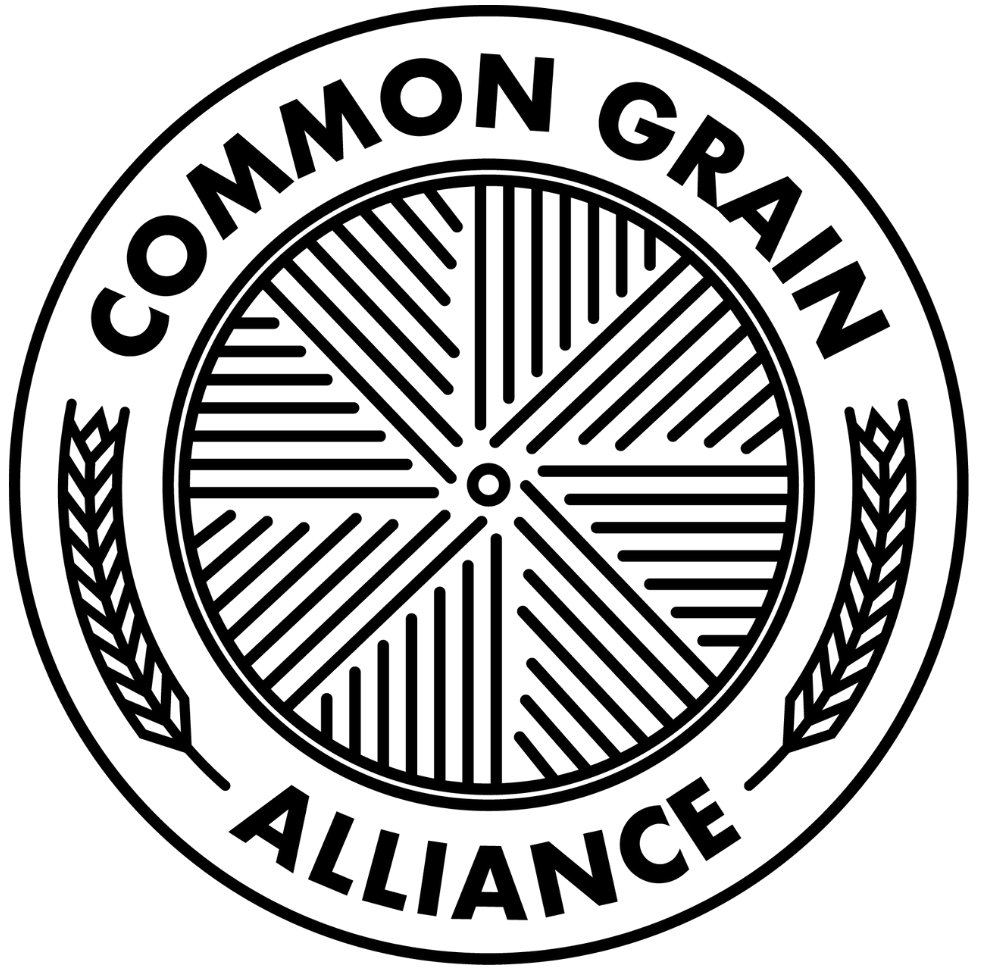Preparing Ground For Field Crops – Part 1
Does the much-maligned moldboard plow still have a place in a strong soil health-focused farm system?
Last week I wrote about preparing the ground for row crops like beans, corn, and sunflowers. This week, I was planning on tackling cereals, or field crops, which is what I’m calling crops that are seeded as a block, rather than in rows, and include wheat, barley, and oats. As it happens, the Common Grain Alliance list-serv, a member’s only forum, is hosting an incredible discussion on the first step–dealing with established weeds, which I’ll try to summarize here.
I’ve learned that planting cereals in new ground is challenging because they are hard to weed once they come up, so it’s a good idea to try to deal with most of the weeds before you plant. On the garden scale (< 1 acre), your best bet is tarping the plot, just as for row crops. But larger scales are a different matter.
The conventional tactic for converting an old field or pasture into something you can plant in is to use aggressive tillage, like the moldboard plow (pictured above), followed by secondary tillage and fitting to break up the soil clumps. From a soil health perspective this approach is to be avoided at all costs, because it inverts the soil layers, releases stored organic matter in the form of carbon dioxide, and destroys networks of soil microbes.
What I’ve learned from listening to CGA members, though, is that there is sometimes a place for a moldboard plow, or other aggressive primary tillage, in a soil health system. No tool is as effective for disrupting perennial weeds and sod in a single pass. Consider the alternatives. An organic-approved herbicide like this one will "burn down" weeds of all kinds. But its mode of action seems to depend on direct contact with green leaves, so they don't travel through the plant to the growth point(s), which is/are often protected. This means that to kill established weeds, you would have to “exhaust” the plant’s energy stores by repeatedly burning the new growth before it has a chance to recharge them through photosynthesis. You could do this with a flame weeder too, if you have one. But every pass with a tractor costs your time, and diesel fuel, plus the herbicide alone could set you back around $450 per acre in materials per pass. Multiple passes with a less aggressive tillage tool like a disc harrow are possible, but less effective (pictured below), and “beat the daylights” out of the land. If you’re going to have to till, one and done seems better.
What is worse for soil? A single pass with the moldboard plow or multiple passes with less aggressive tillage? What about when you account for time and tractor fuel, or the costs of no-till alternatives? It’s not actually that straight-forward.
One thing I love about CGA is the robust balance of pragmatism and idealism that is evident in this discussion; it is no doubt controversial. But in the interests of a sustainable whole-farm system, I can see how there is a place for what one farmer called “tactical tillage”, provided it is used in the context of strong soil health practices. What do you think? Let us know in the comments.
I haven’t gotten to what happens next once you’ve dealt with the weeds–that will be the subject of next week’s post.
This material is based upon work that is supported by the National Institute of
Food and Agriculture, U.S. Department of Agriculture, under award number 2019-
38640-29878
through the Southern Sustainable Agriculture Research and Education program
under subaward number LS20-327. USDA is an equal opportunity employer and
service provider.
Any opinions, findings, conclusions, or recommendations expressed in this
publication are those of the author(s) and do not necessarily reflect the view of the
U.S. Department of Agriculture.




